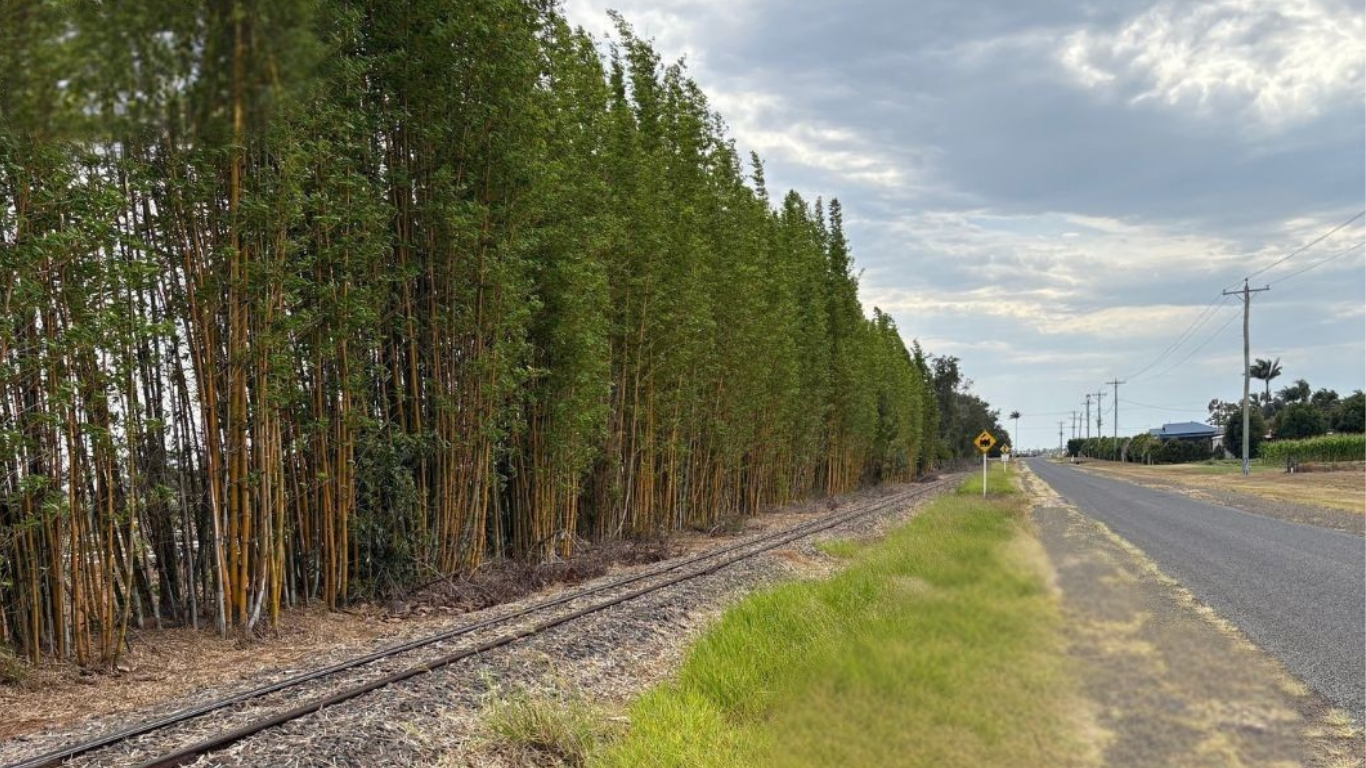
Understanding the Information on a Herbicide Label
Effective herbicide application begins with understanding how to read a registered pesticide label. There are many types of herbicides with different active ingredients and modes of action. The label contains vital information about the product, including how to use it, safety precautions, and environmental considerations.
In this article, we will break down the various sections of a herbicide label.

Product Information
Product Name and Brand

You can find the name of the product and the brand prominently displayed (often at the top of the label). This section identifies the specific herbicide you are using.
Active Ingredient

The active ingredient is the chemical compound that controls the weeds. Understanding the active ingredient is crucial for effective weed management.
Formulation Type

Herbicides come in various formulations, such as liquids, granules, or powders. This section of the label specifies the formulation type.
Directions for Use
Target Weeds

This section lists the weeds the herbicide will control. Ensure that the weeds your are trying to kill are listed in this section.
Application Rates

The label specifies the amount of product to use. This can vary based on factors like the types of weeds, growth stage, and application method.
Application Timing

Timing is critical for herbicide effectiveness. Factors such as weed size and weather conditions can determine when to apply the product. The label provides guidelines on the best time to apply the herbicide.
Application Instructions
Mixing Instructions

In this section of the label you will find detailed instructions on how to prepare the herbicide solution. This section also provides herbicide mixing guidelines and mixing ratios.
Application Method

The label describes the recommended herbicide application techniques and methods. This can include foliar spray, soil drench, or basal bark treatment.
Equipment and Calibration

Information about the type of equipment to use and calibration guidelines is crucial for accurate application.
Precautions and Safety
Personal Protective Equipment (PPE)

This section outlines the PPE required for safe handling and application. Common items may include gloves, goggles, and protective clothing.
Environmental Precautions

To minimise environmental impact, labels specify precautions such as avoiding spray drift and protecting water bodies.
First Aid Measures

In case of exposure or ingestion, the label provides instructions for seeking medical attention and first aid procedures.
Storage and Disposal
Storage Recommendations
Proper storage conditions, including temperature and containment, are detailed to maintain herbicide integrity.
Disposal Guidelines

Labels provide instructions on how to dispose of empty containers and any unused herbicide. This often involves recycling or hazardous waste disposal.
Environmental Hazards

Impact on Non-Target Species
This section discusses potential harm to non-target plants, animals, and ecosystems.
Risk of Contamination
Labels describe the risk of contaminating water bodies and the precautions needed to prevent contamination.
Emergency Contact Information

Labels typically include contact information for emergencies, such as poison control centres or the herbicide manufacturer's hotline.
Understanding what the information on a herbicide label means is paramount for safe and effective herbicide use. To ensure your application is efficient and safe, it is important that you understand how to read a herbicide label.
-
The product information on the label.
-
The details contained in the directions for use.
-
The instructions on how to apply the product.
-
The required safety precautions.
-
The correct storage requirements for the product.
-
The Disposal guidelines for un-used product and empty containers.
This knowledge safeguards you, the environment, and non-target species. It is also good practice to familiarise yourself with the relative Safety Data Sheet for the product.
Always follow label instructions precisely to achieve the best results and minimise risks.
Additional content
VIEW GWS' ADDITIONAL CONTENT TO LEARN MORE ABOUT THE WEED INDUSTRY

Smarter growth management with Padre 270 for linear infrastructure and managed vegetation zones
As Australia’s linear-infrastructure networks expand, there is increasing need for low-impact, reliable and cost-effective vegetation management strategies. Padre 270 provides a practical, research...
Read more
Leucaena leucocephala: Weed Hygiene Case Study
Australia’s transport corridors are not just conduits for commerce—they are vectors for biological change. Leucaena leucocephala, valued as a forage crop, also threatens to invade new environments ...
Read more
Dyschoriste depressa Weed Hygiene Case Study
Australia’s extensive transport infrastructure traverses not just farmland but wetlands, forests, and urban edges. This diversity is matched by emerging weed threats such as Dyschoriste nagchana, (...
Read more
